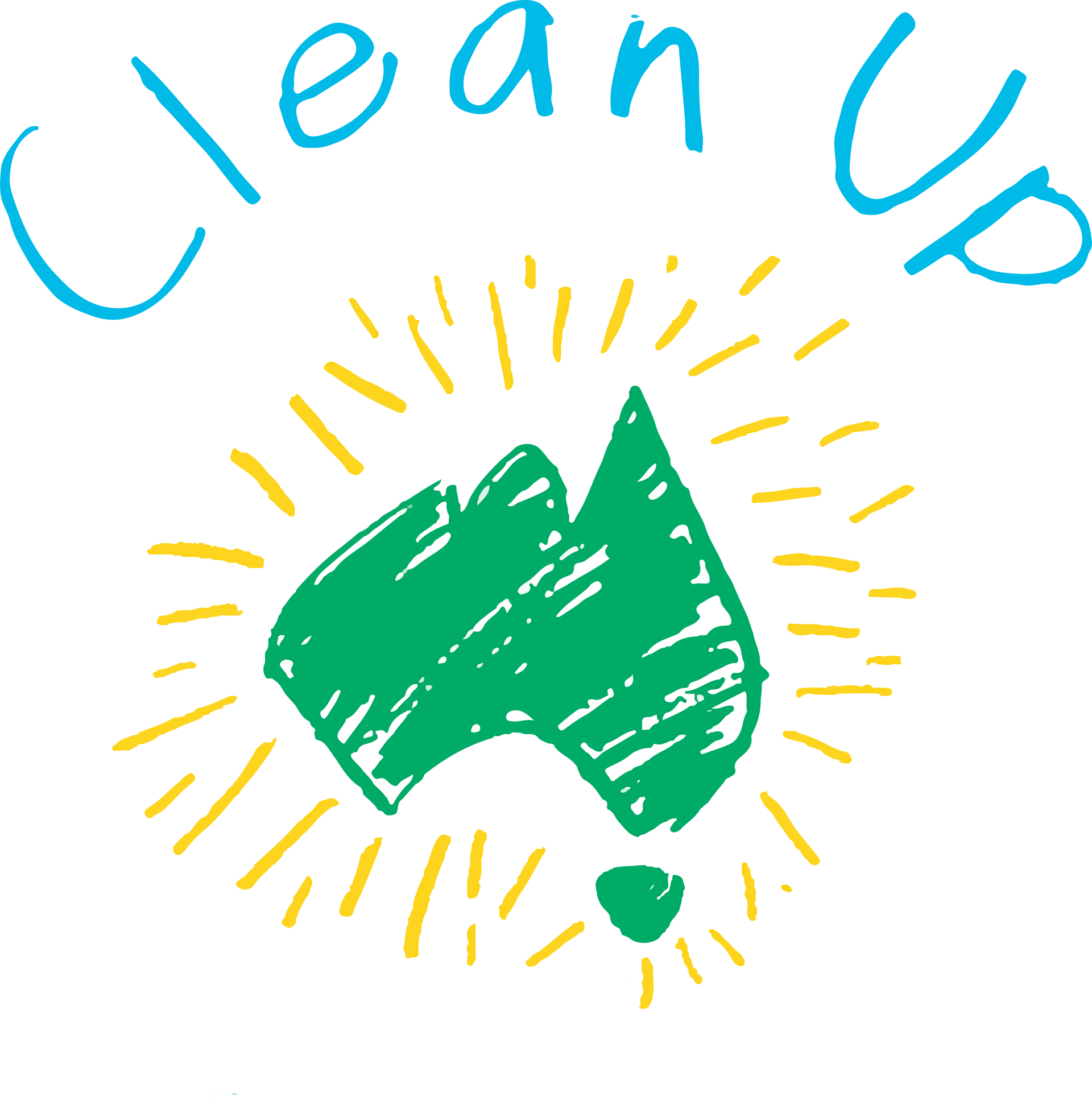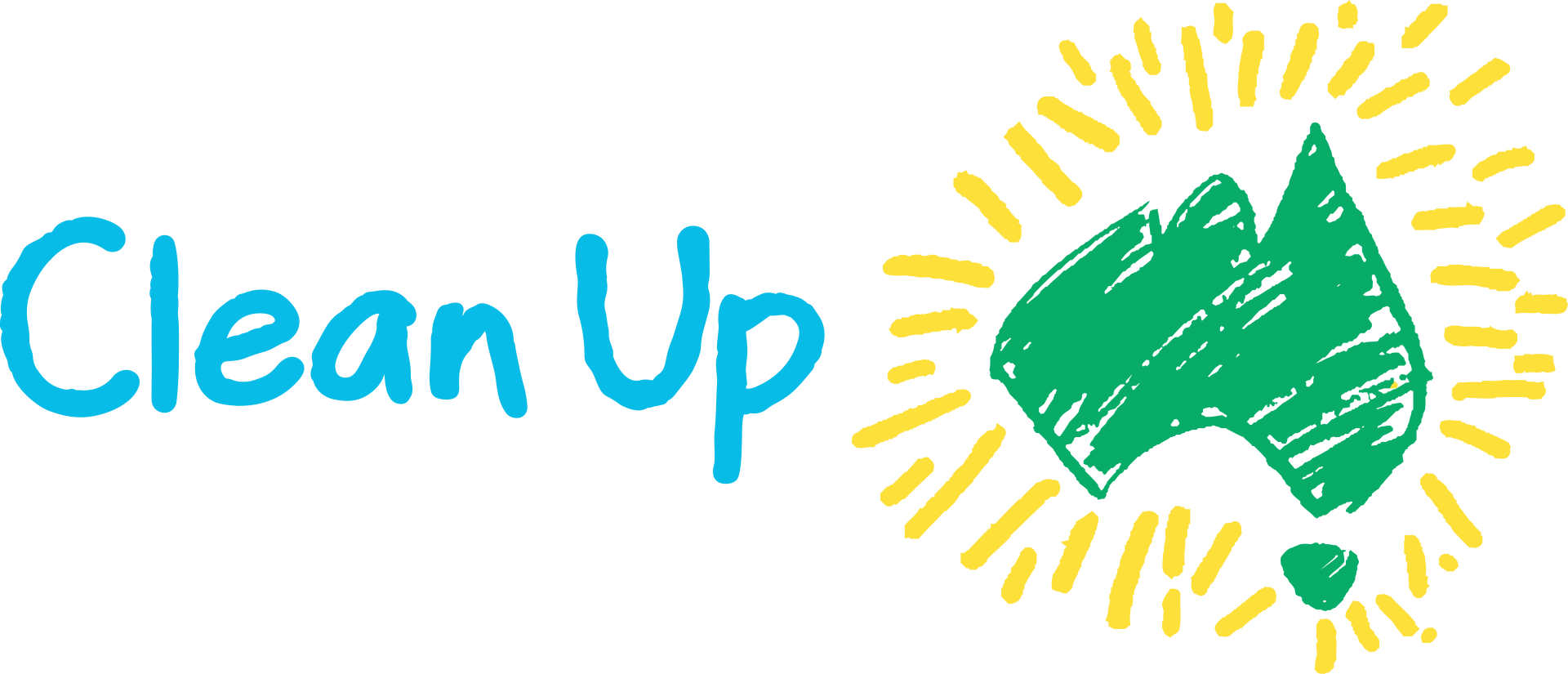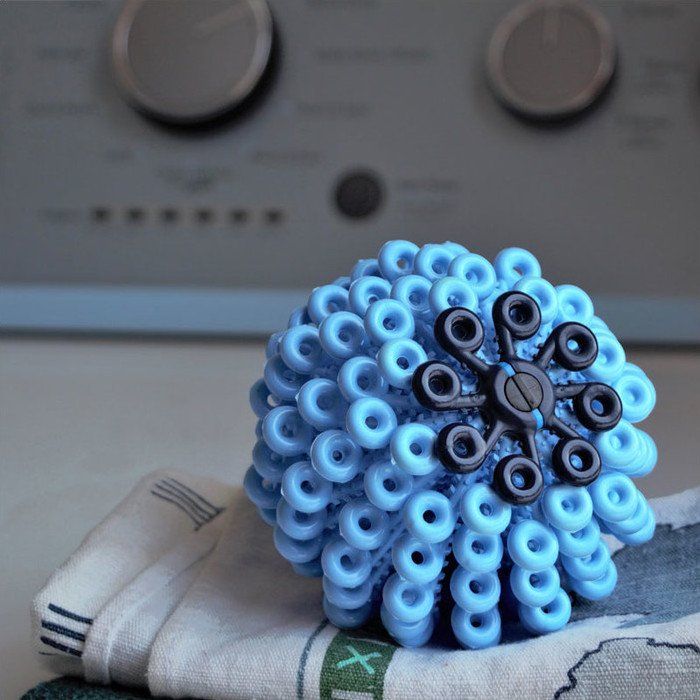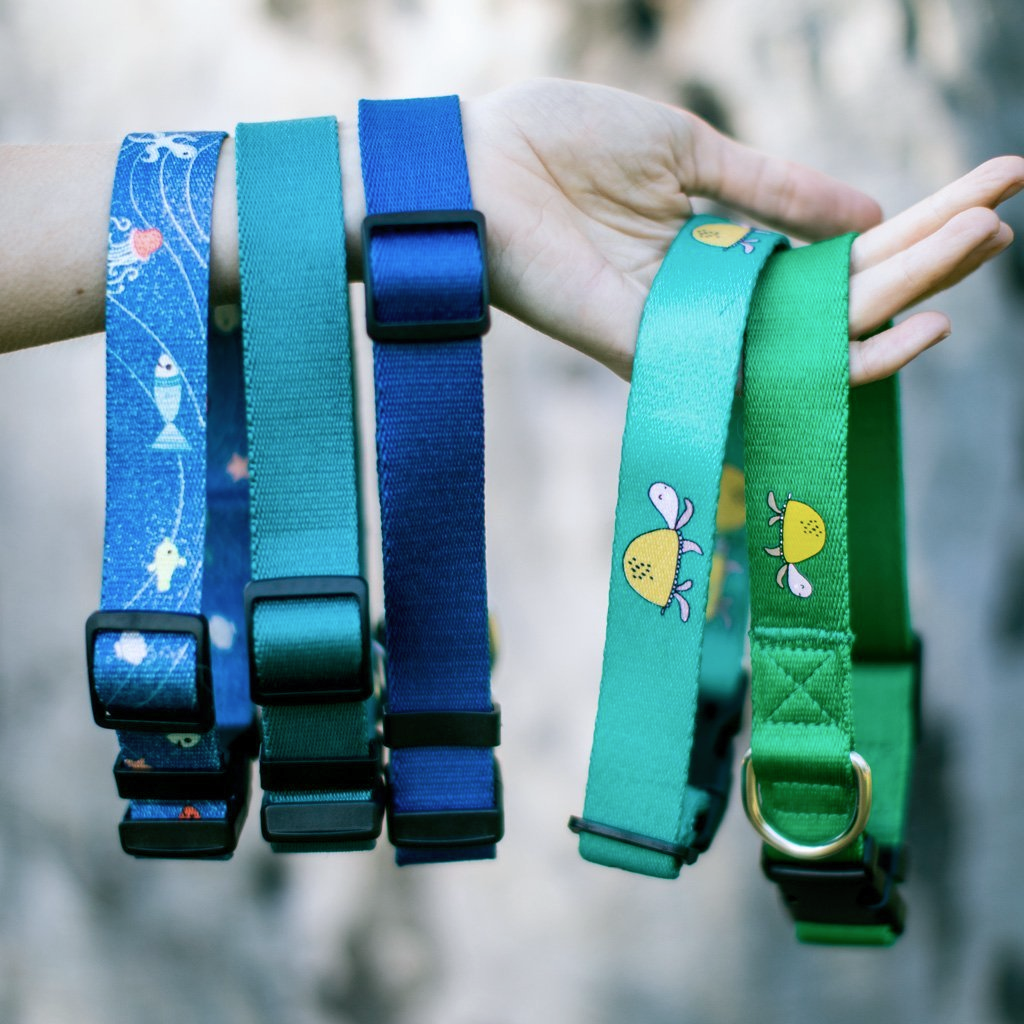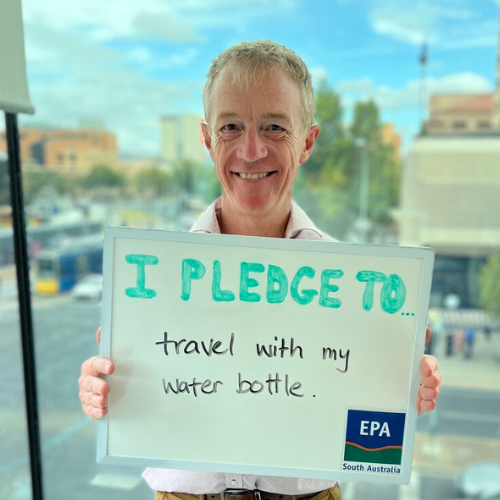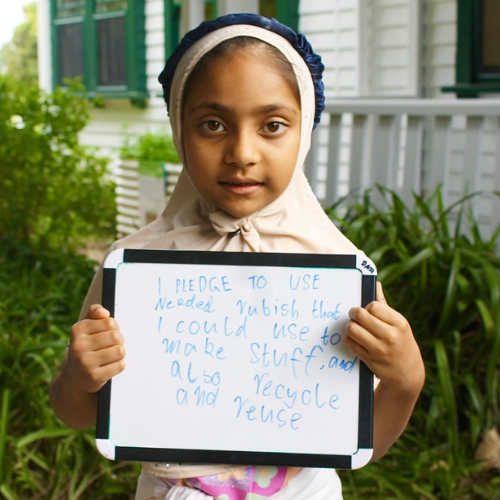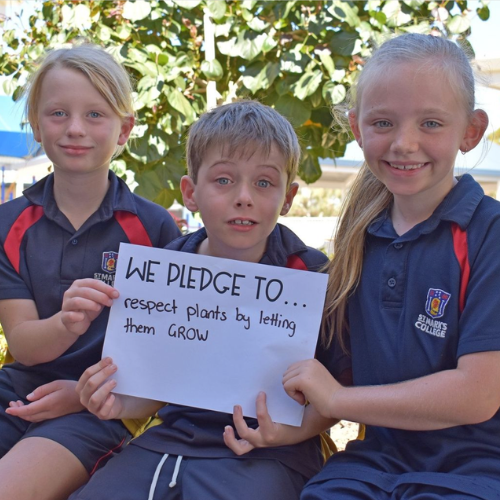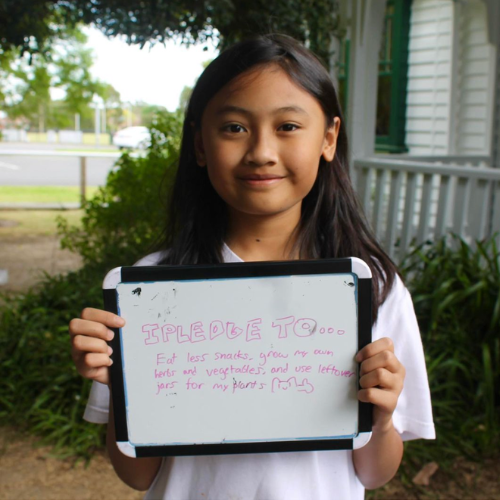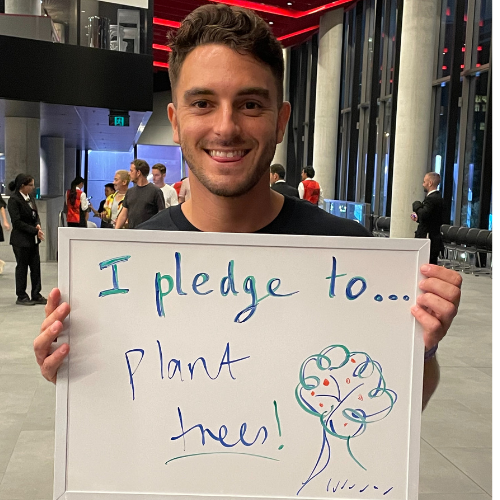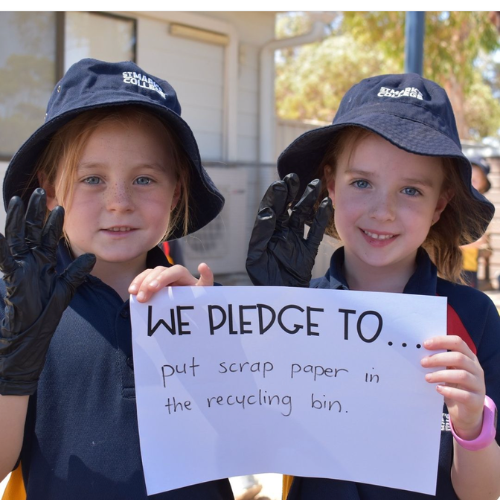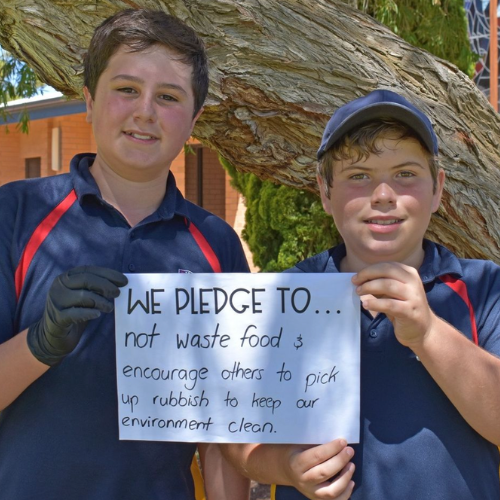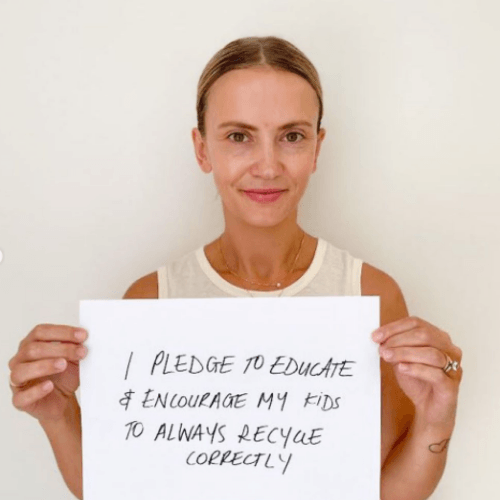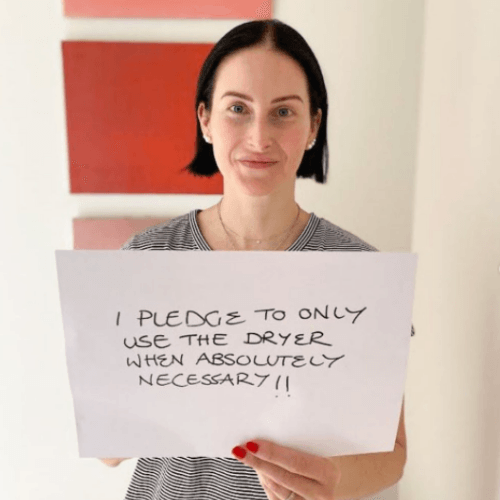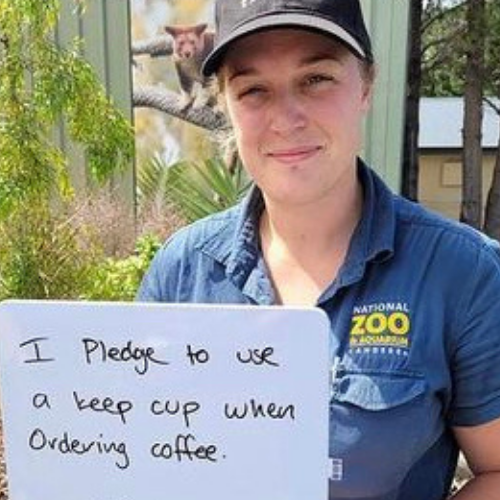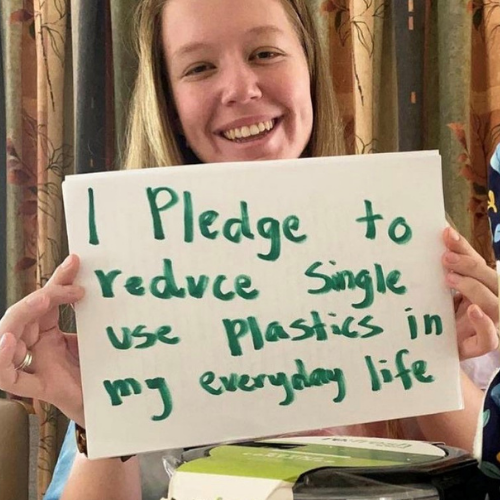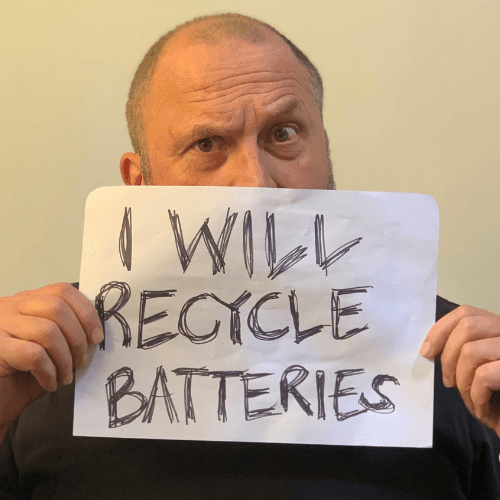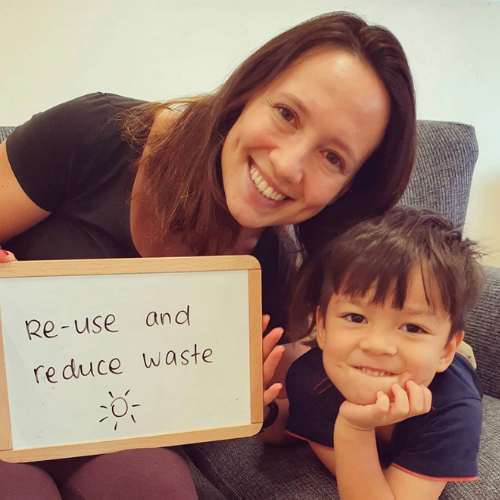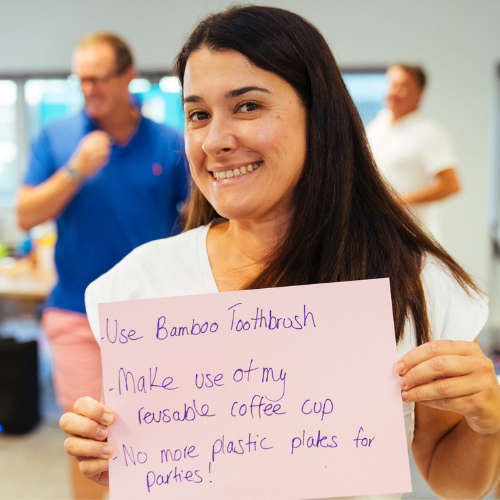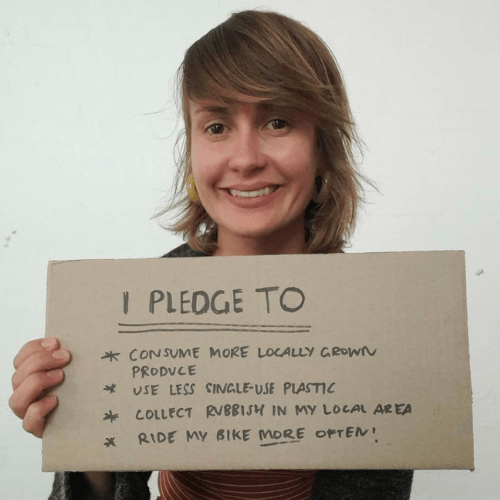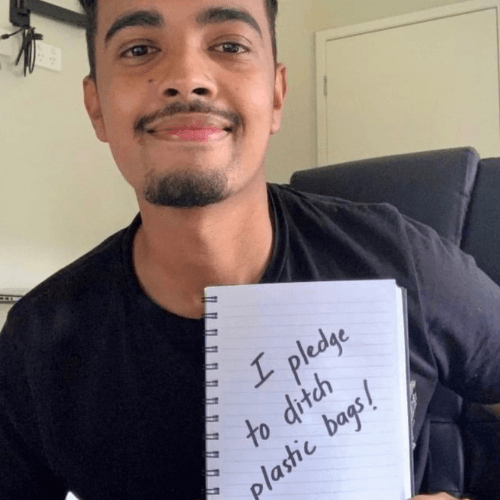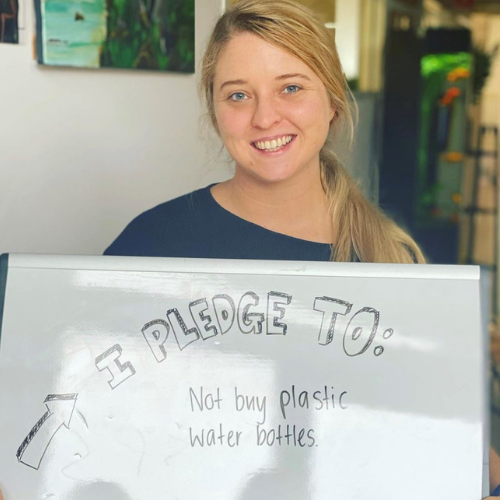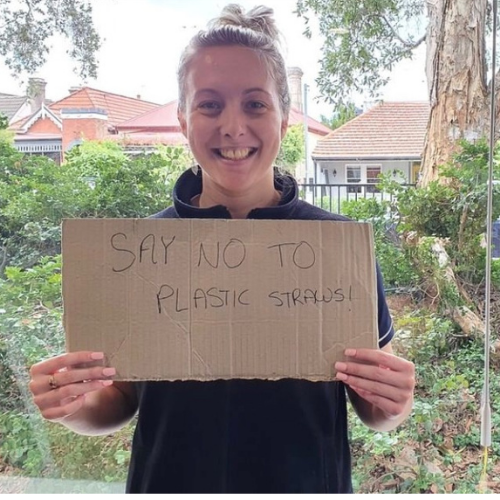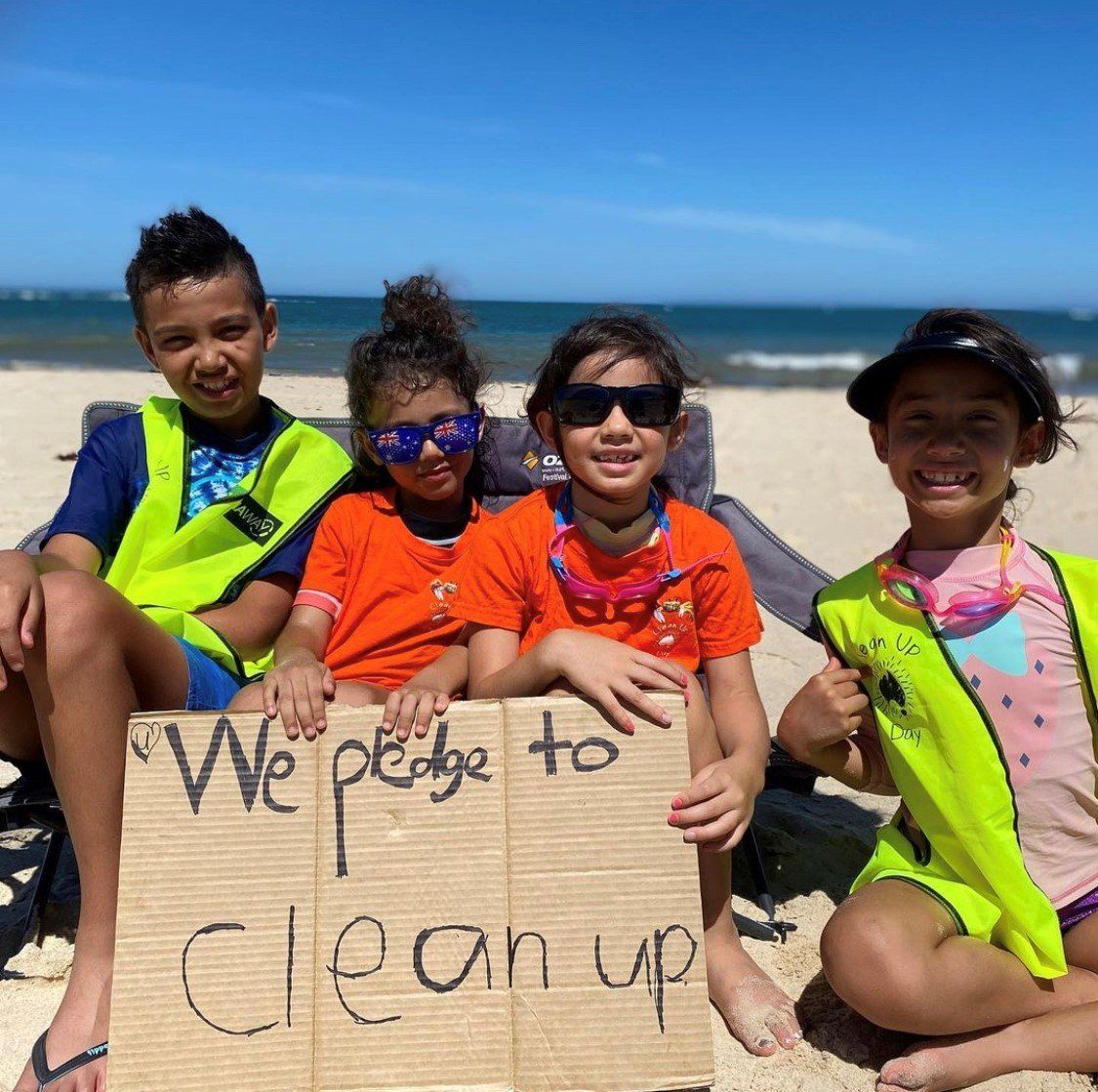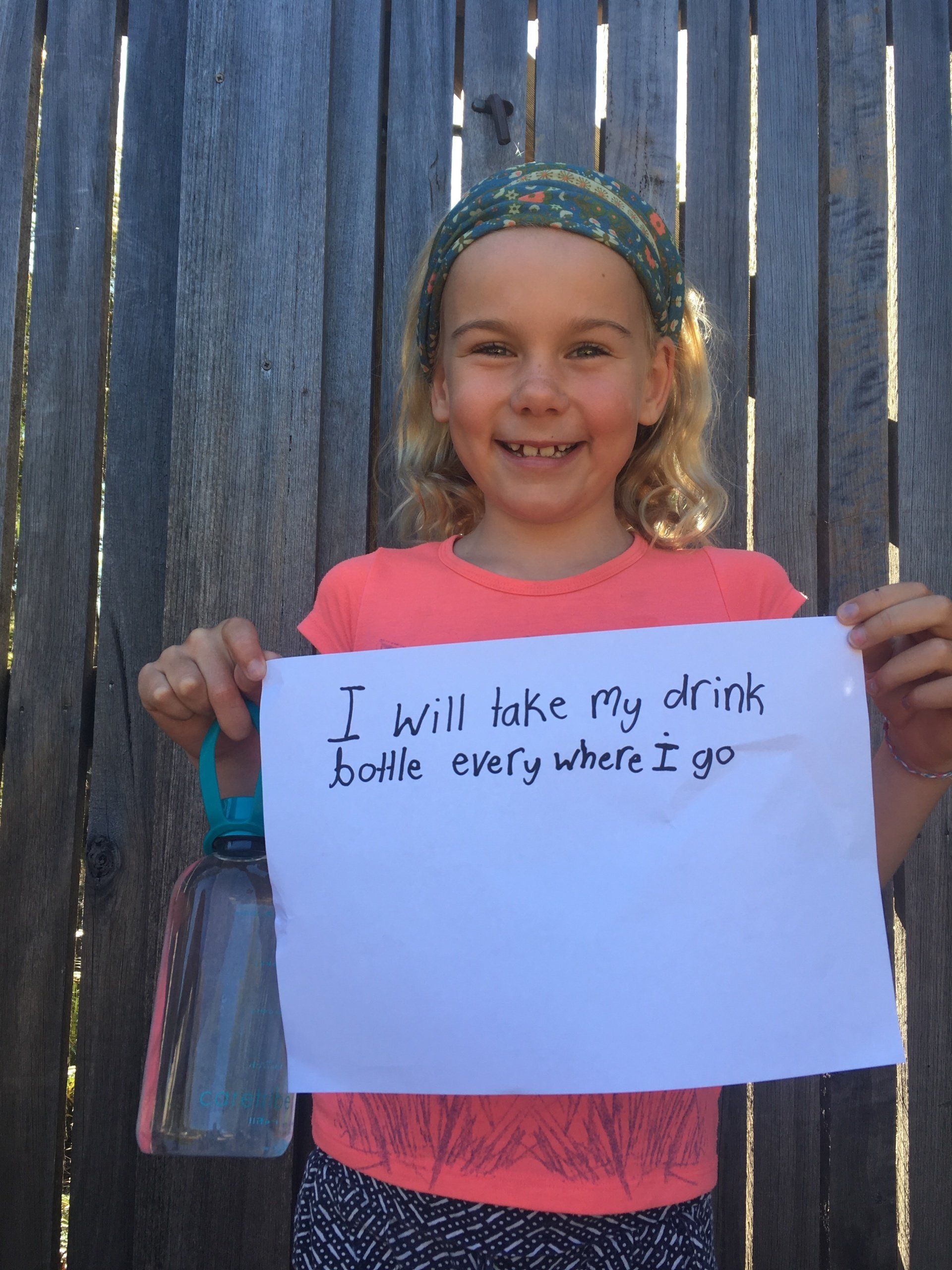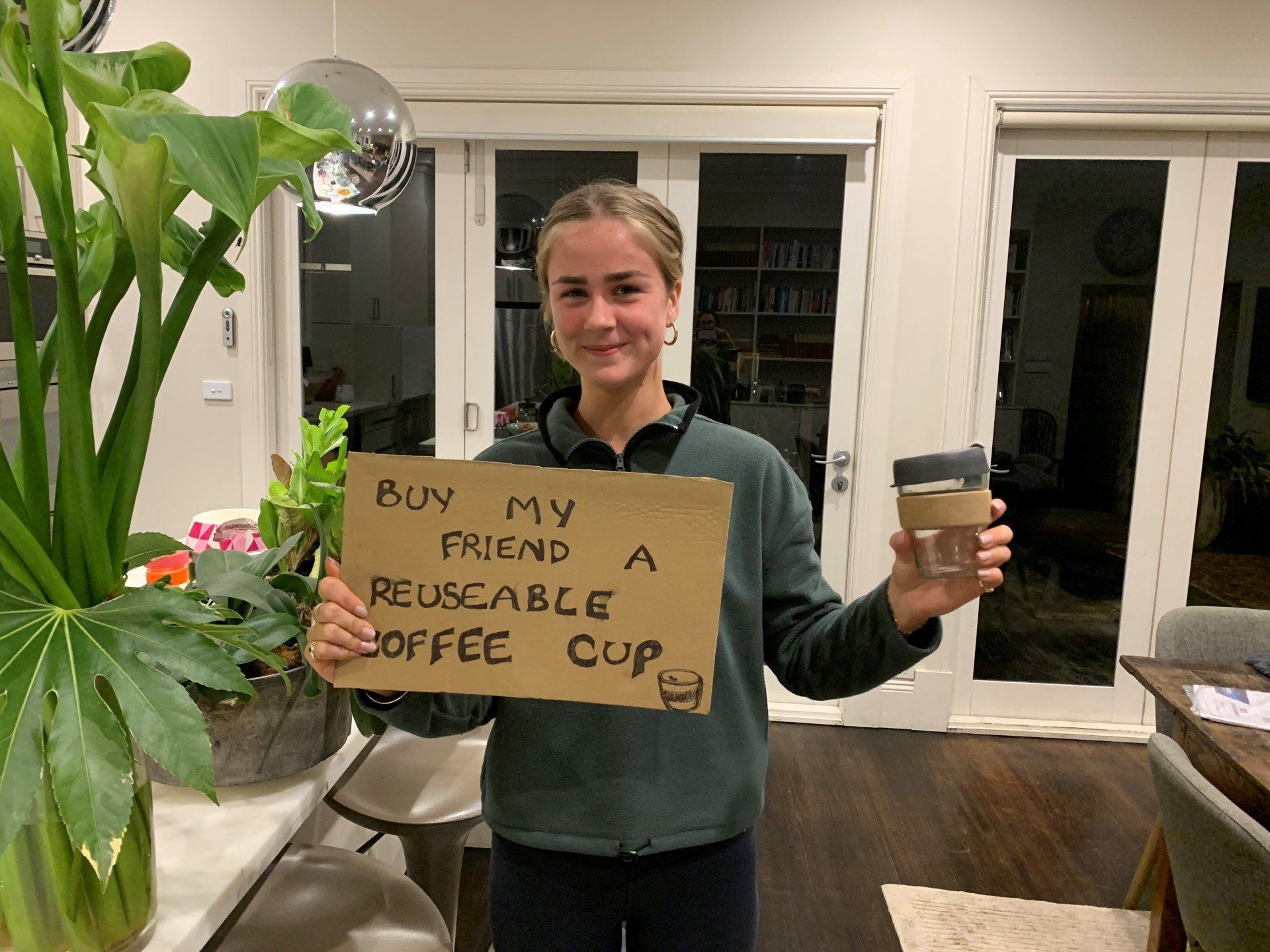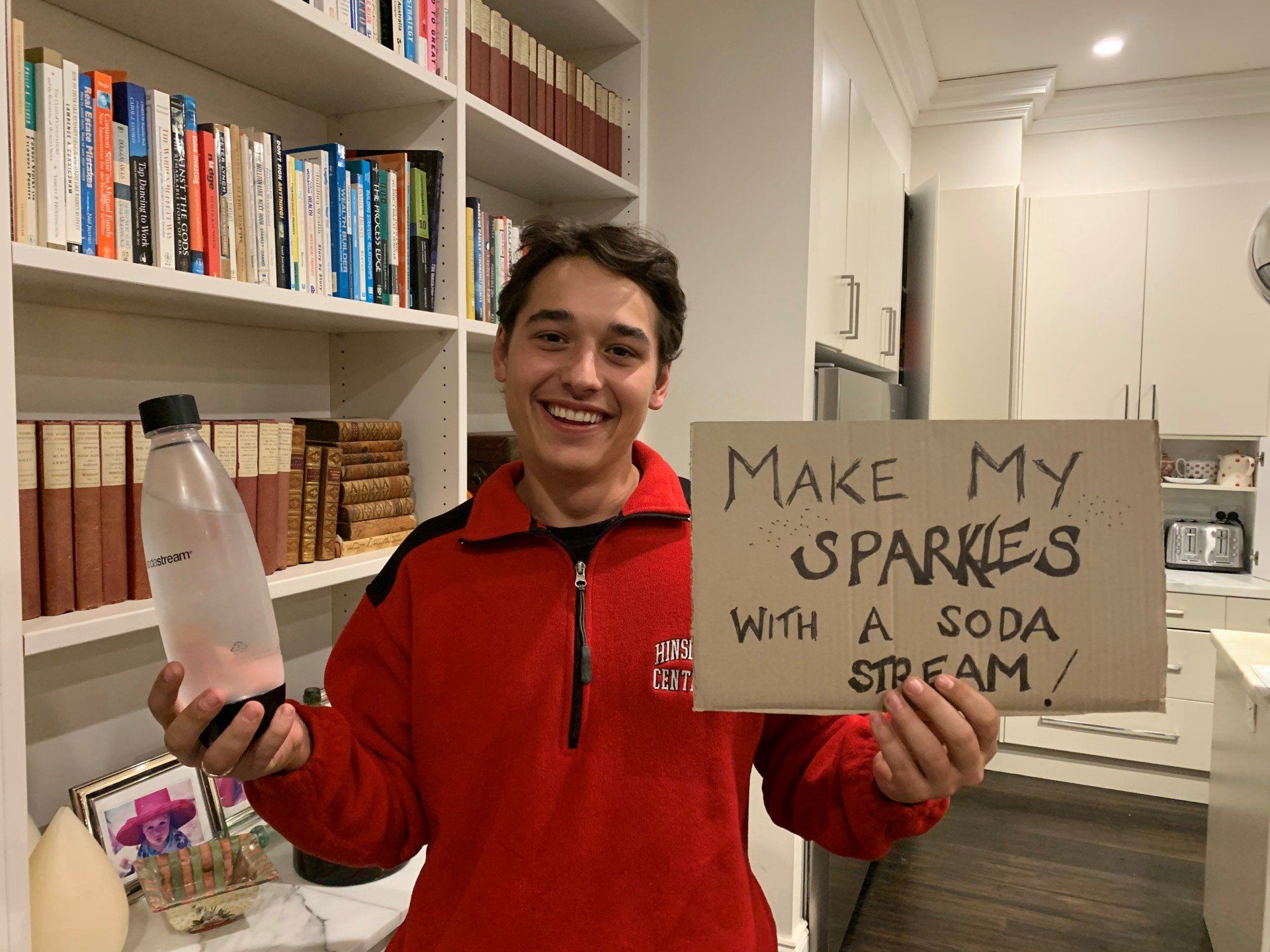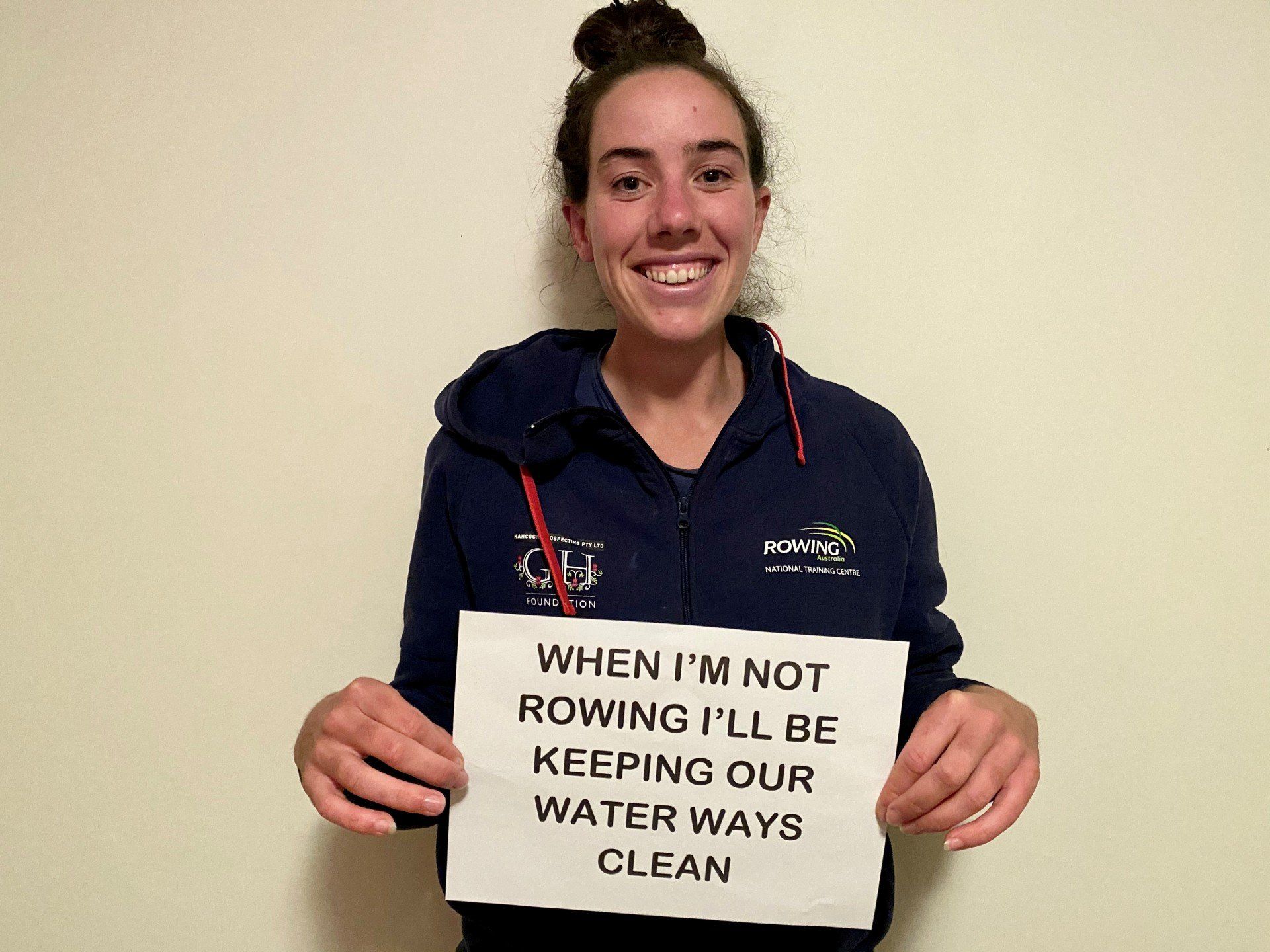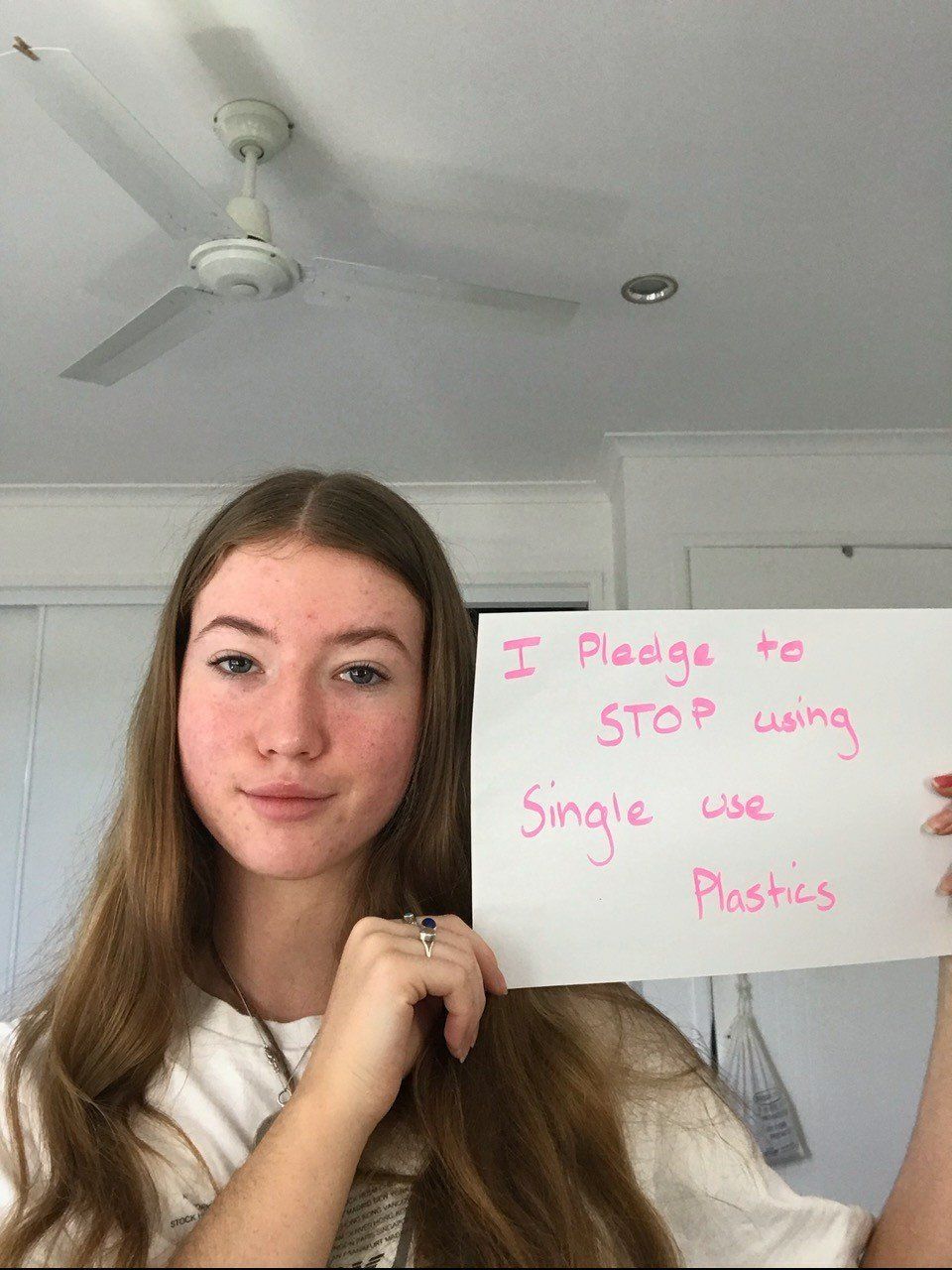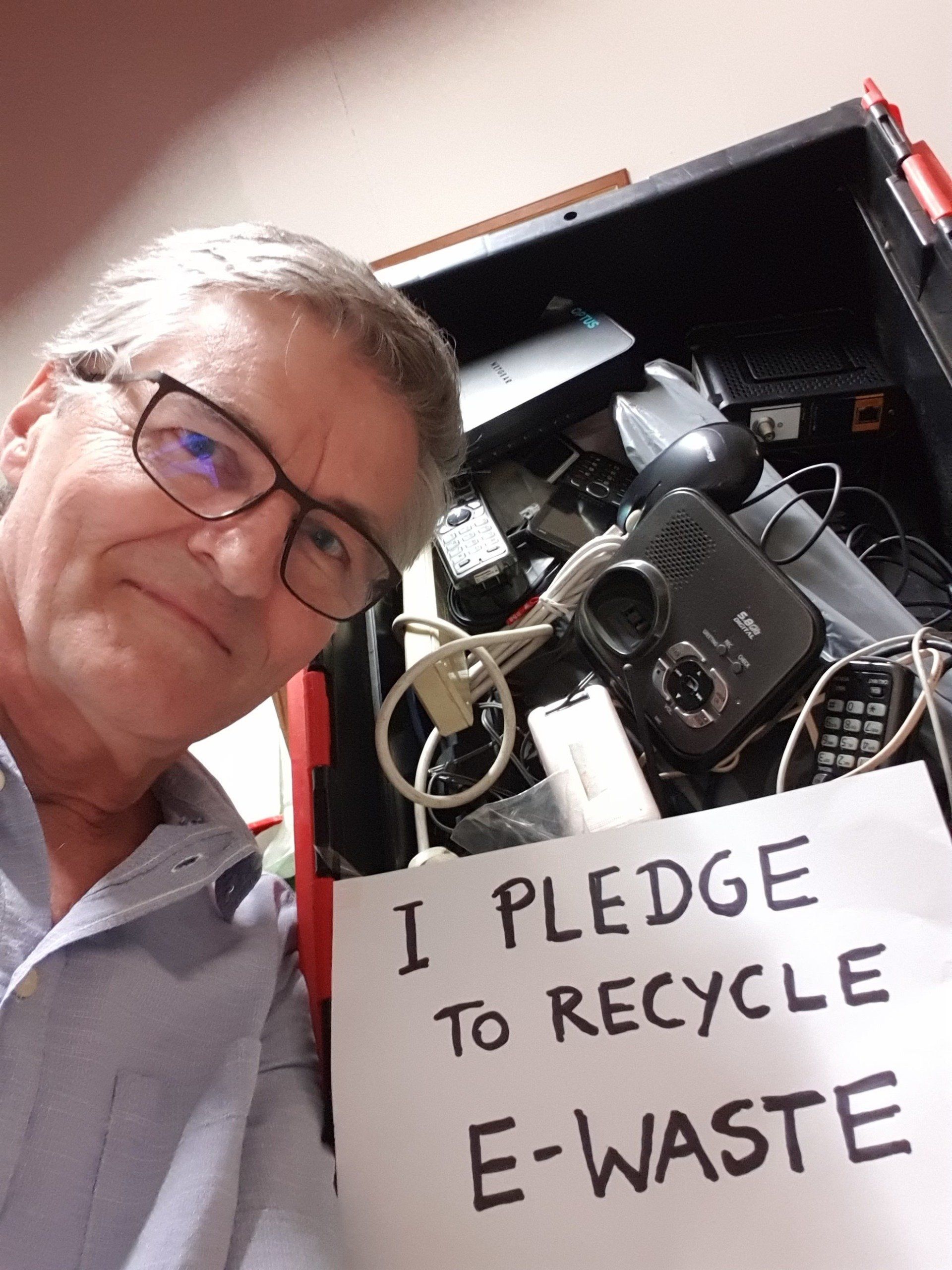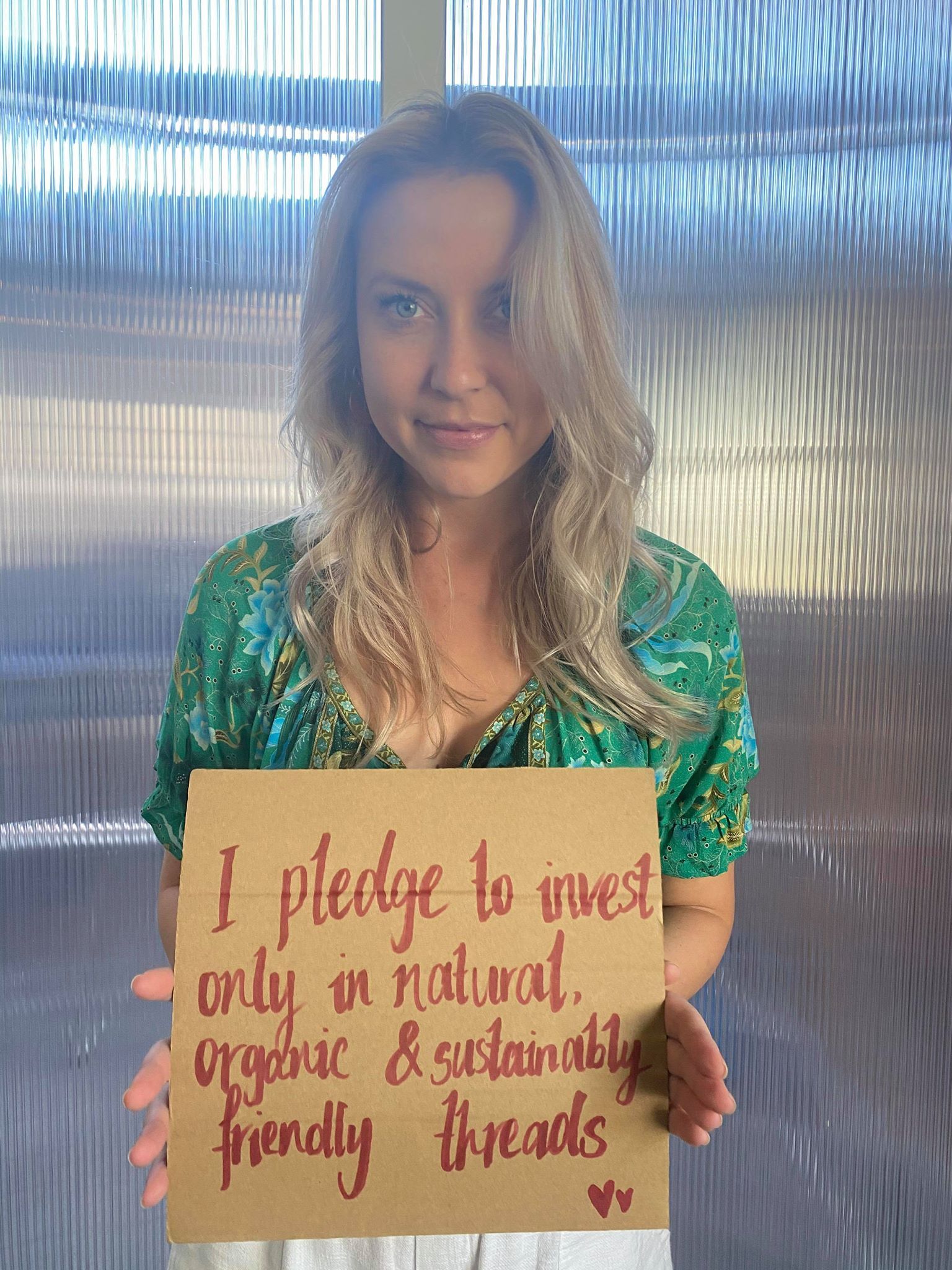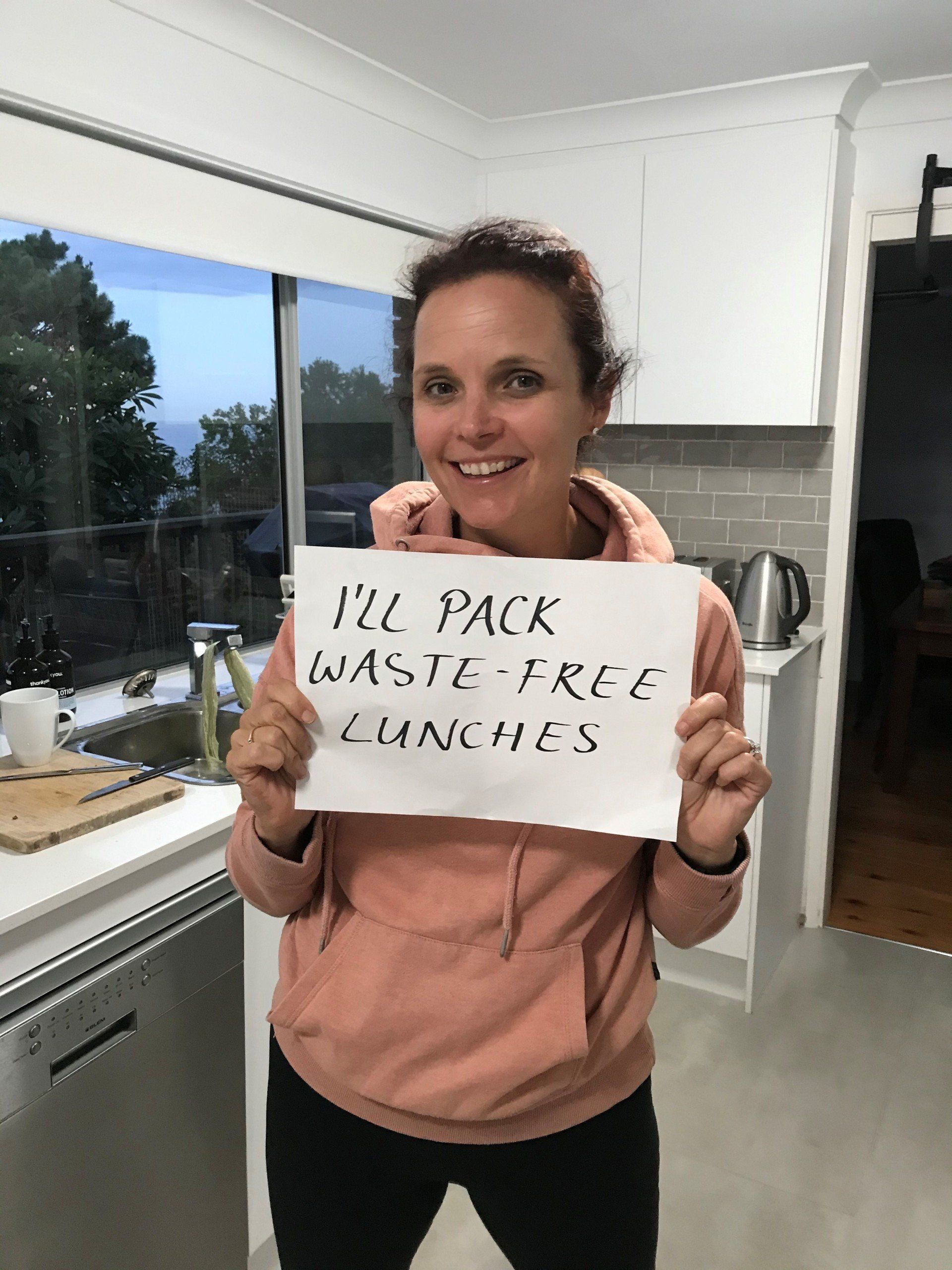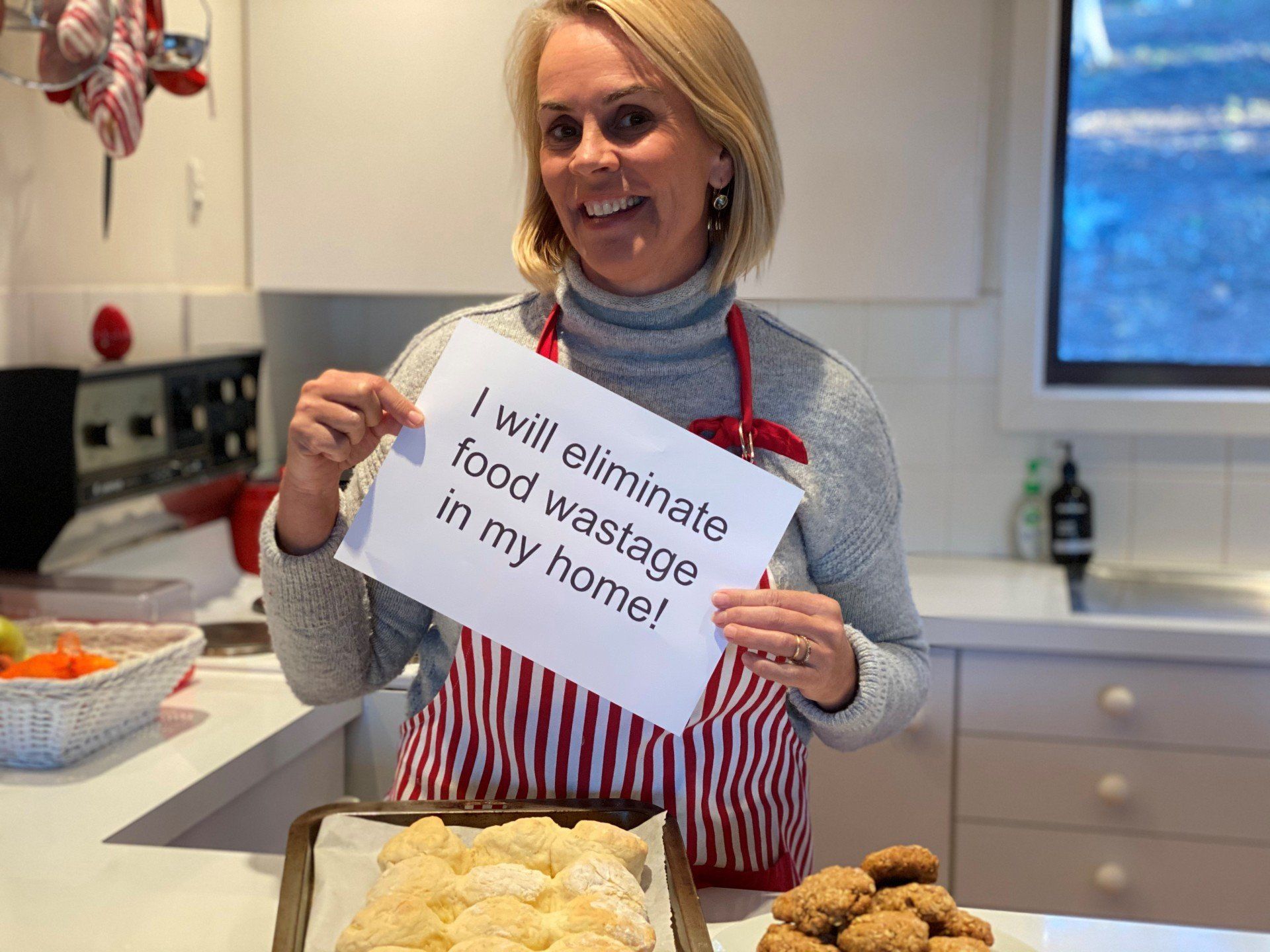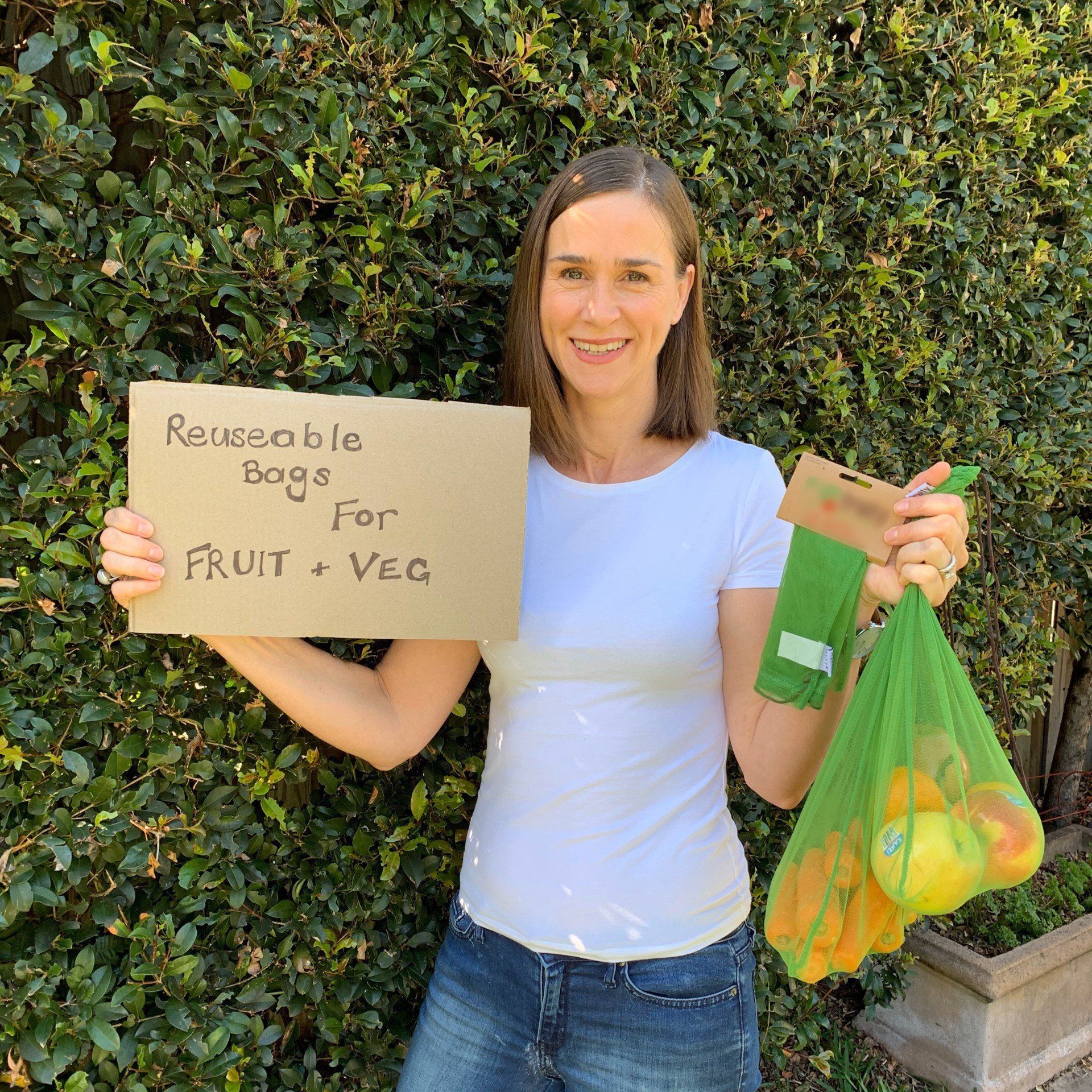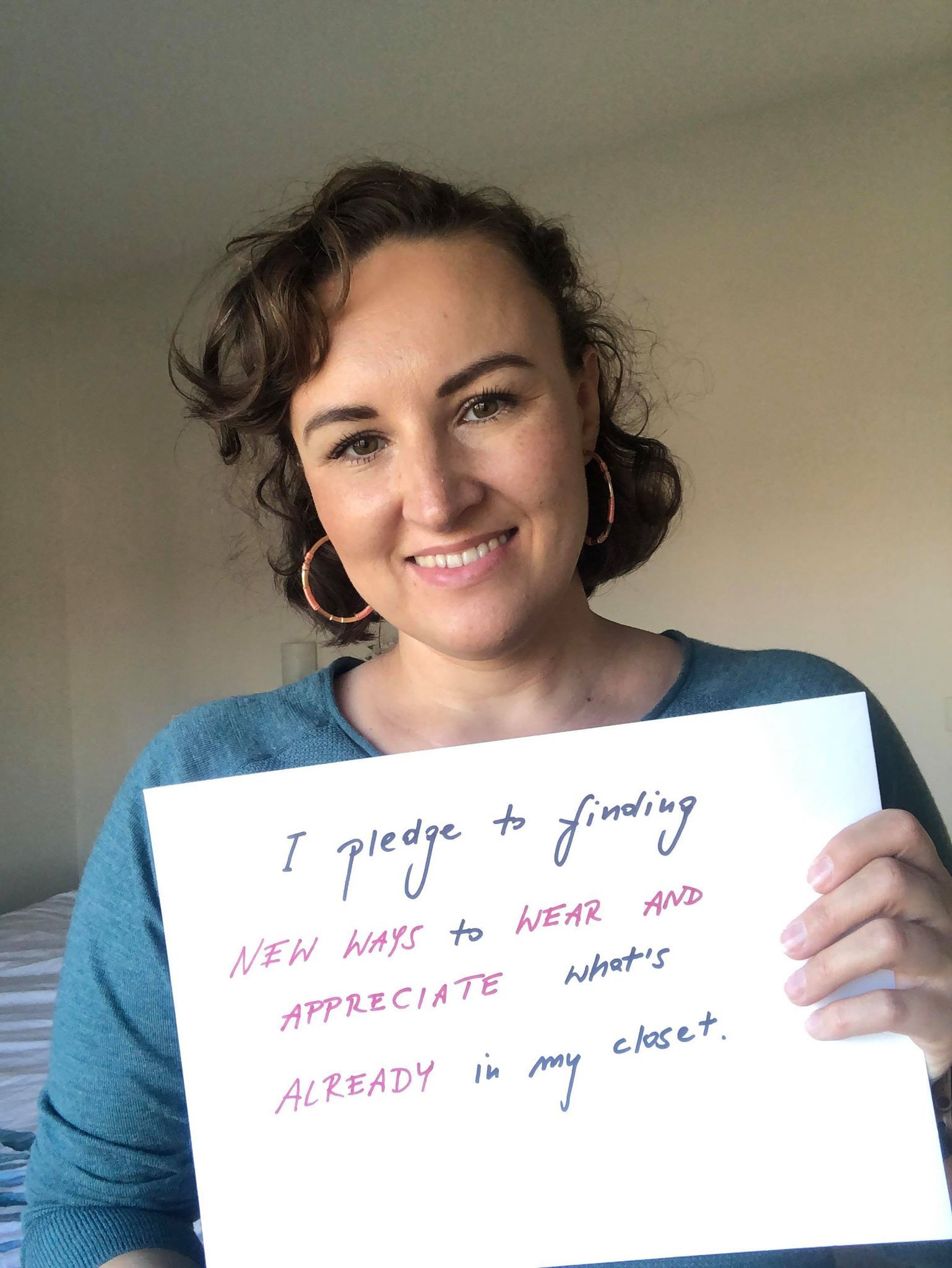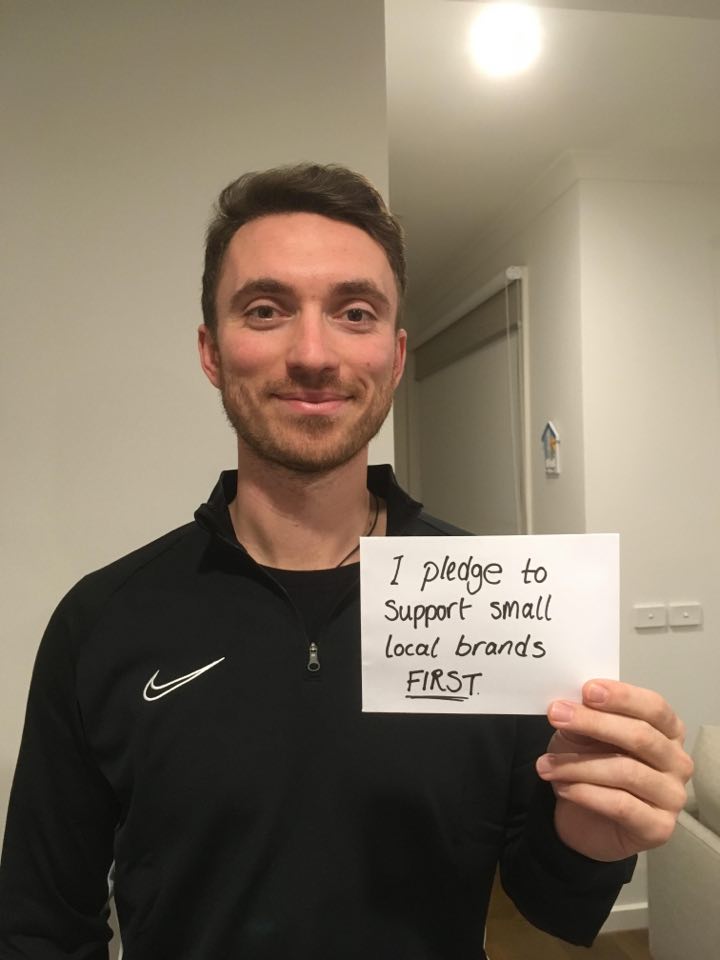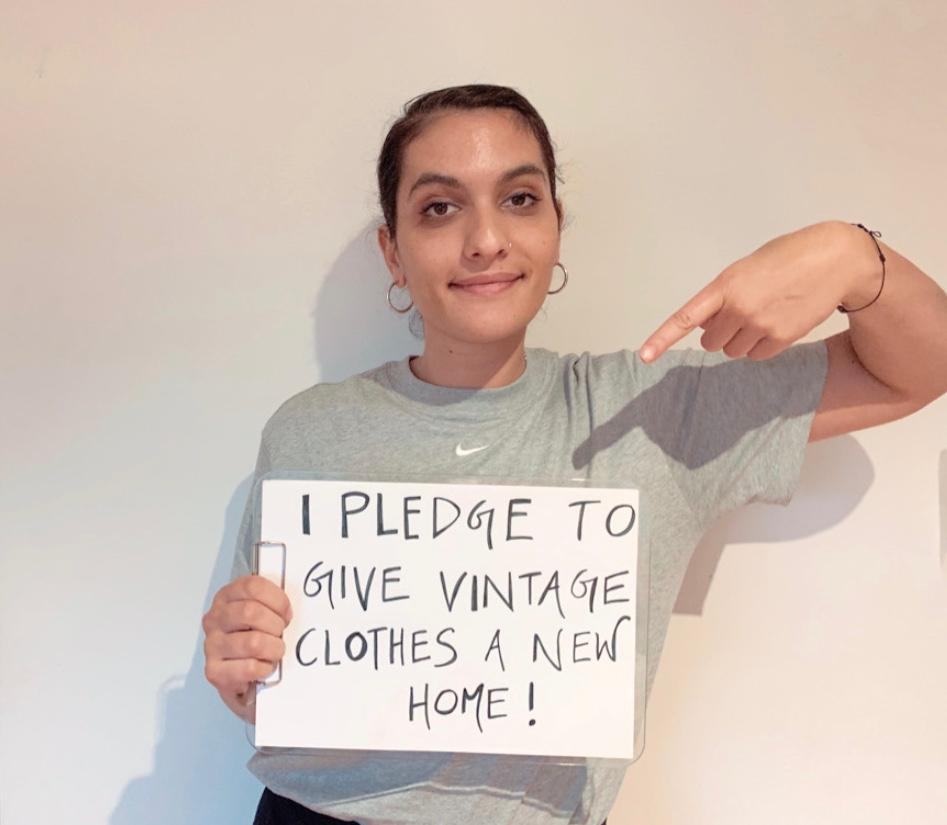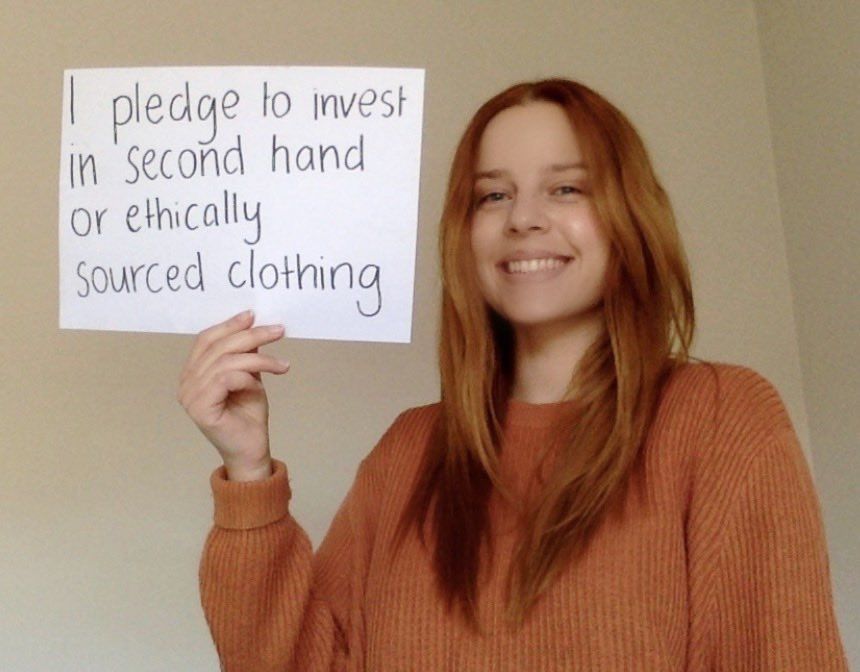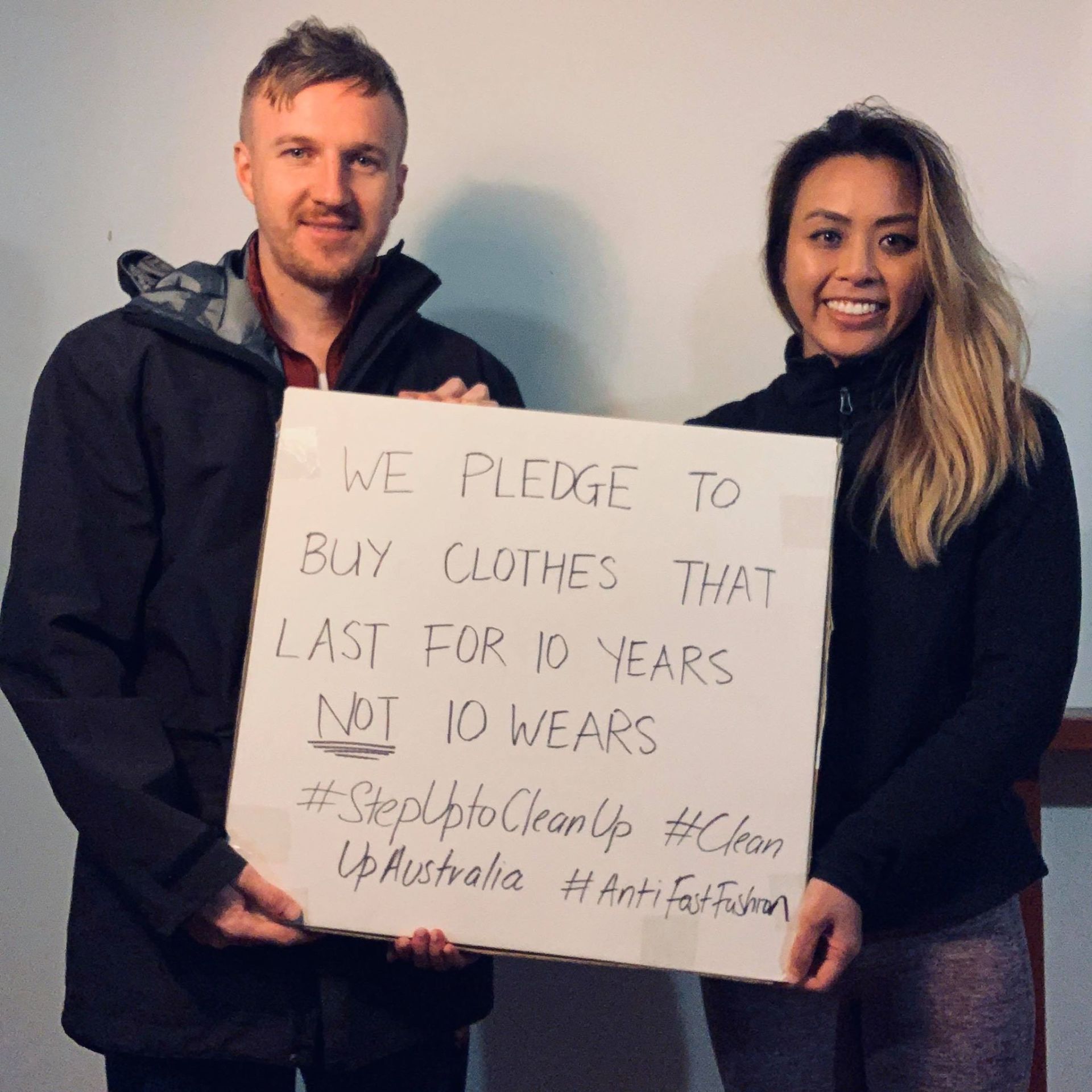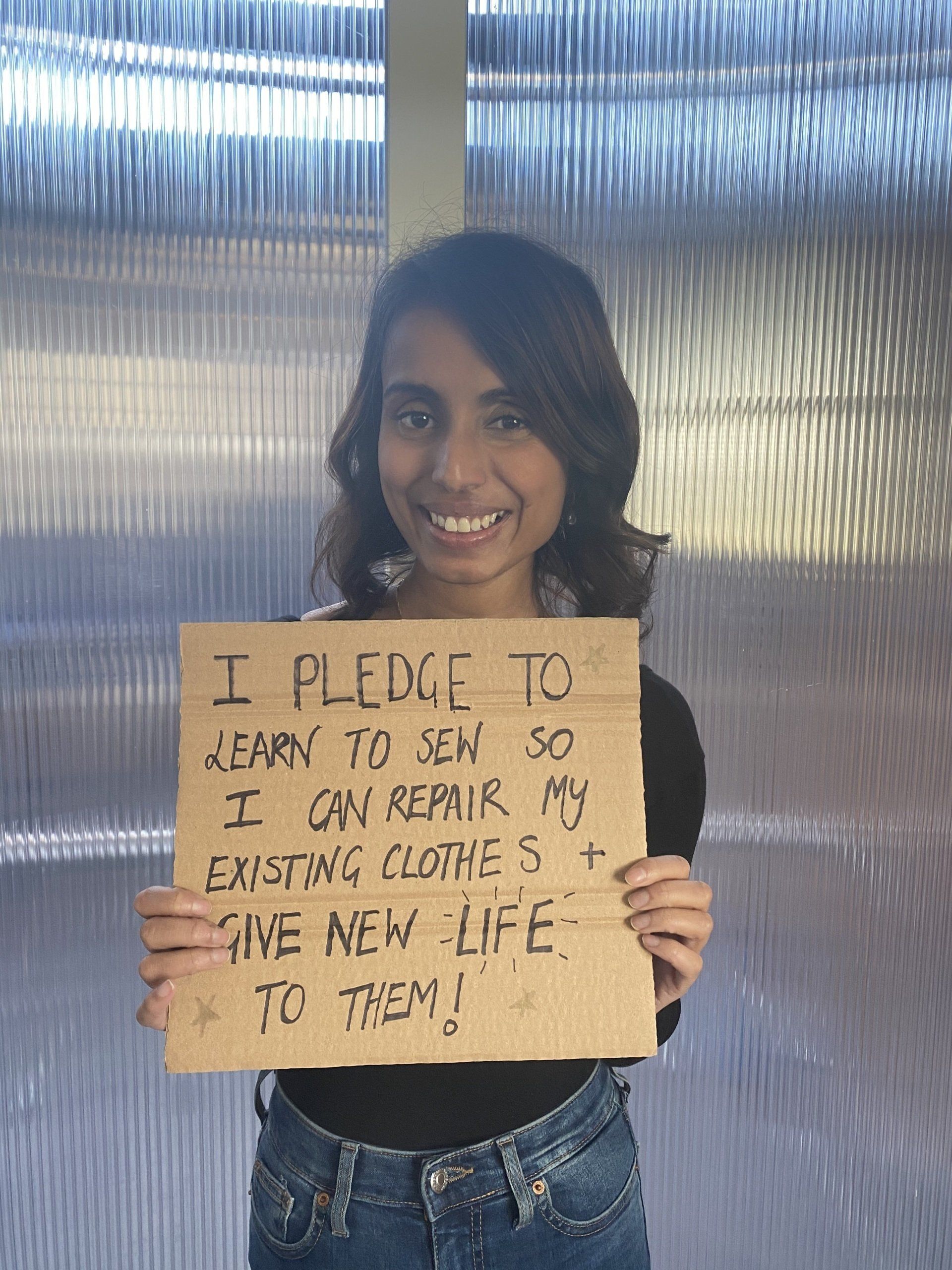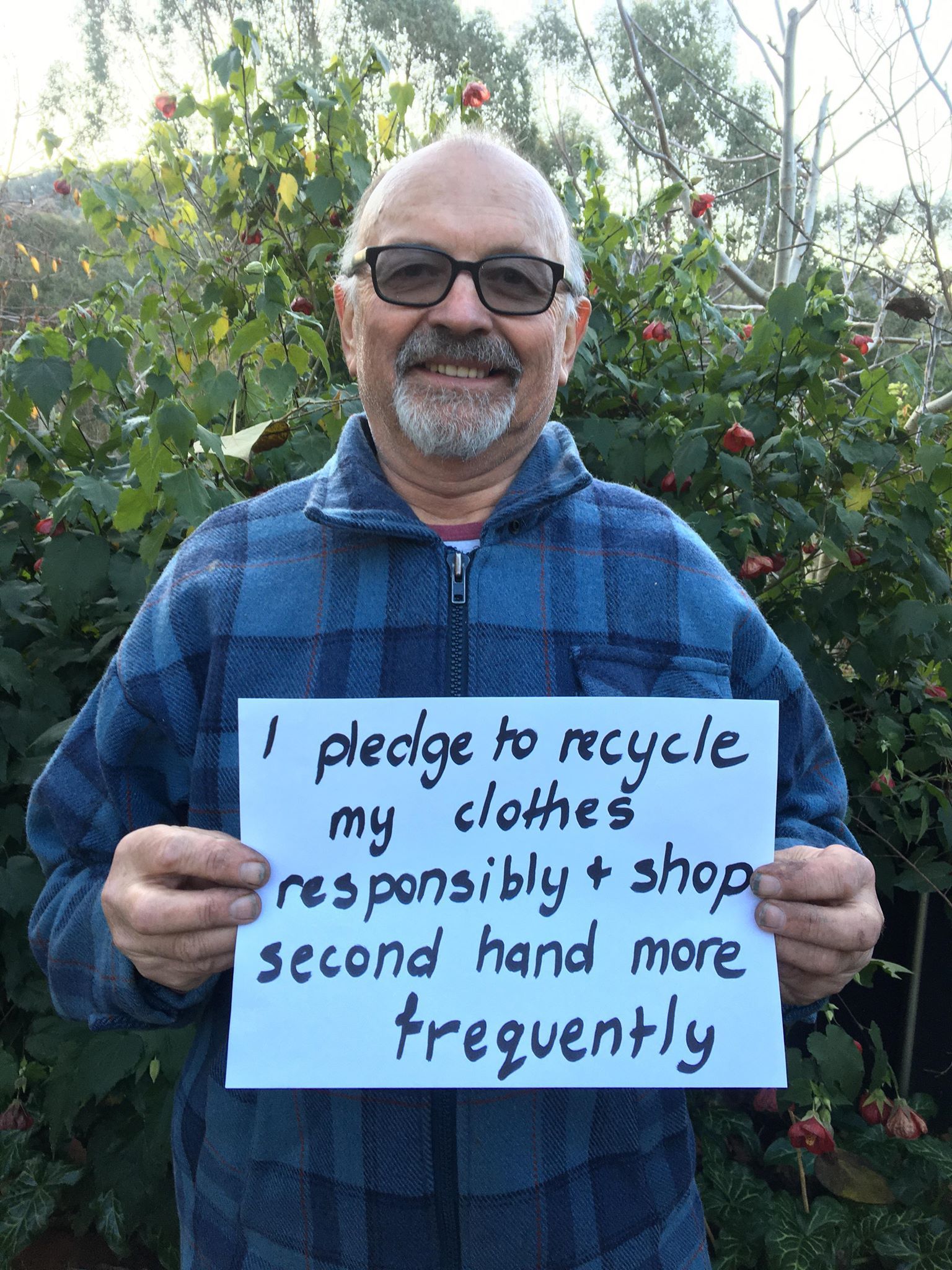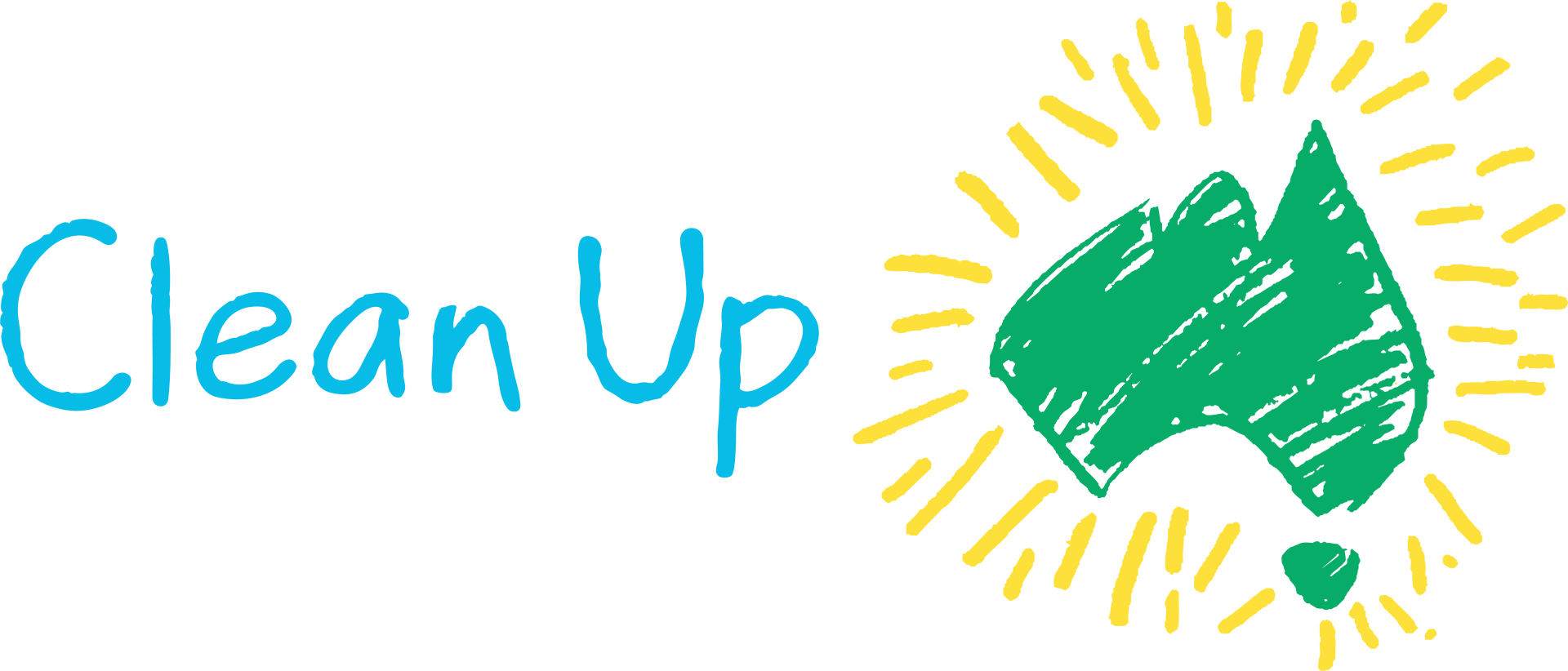List of Services
-
Amble 100% Recycled Rain Jackets
Amble 100% Recycled Rain Jackets
-
Afroblonde Upcycled Shoe Range
Afroblonde Upcycled Shoe Range
-
Nimble Activewear
Nimble Activewear
-
Seapia Swimwear
Seapia Swimwear
-
Elle Evans Swim and Activewear
Elle Evans Swim and Activewear
-
Alma Universal SwimwearAlma Universal Swimwear
Recycled content clothing and microplastics
rPET is made from recycled PET drink bottles spun into polyester yarn to make fabrics for clothing such as activewear and swimwear. Plastic waste is rescued and given value, and the need for resource extraction from fossil fuels is offset, reducing carbon emissions.
Whilst rPET clothing has benefits, we recognise that clothing made from rPET will still release microplastics as any other polyester, nylon or polymer-based fabric will. The textile characteristics (such as fibre twist) will influence the amount of microfibres released (source).
You can reduce the amount of microplastics released to the ocean from your clothing by reducing friction and likelihood of shedding.
Tips to reducing microfibre pollution:
- Use gentle, cold wash
- Don’t use a dryer
- Wash clothes less often
- Purchase high-quality clothes
You can also purchase intervention solutions such as micro-fibre laundry bags or a Cora Ball which has proven to capture over 25%% of microfibres, or you can even retrofit your washing machine hose with a filter such as this one to capture more. As technology develops, better solutions will become commercialised. For example, a Japanese University has shown promising results testing microfibre filtration in washing machines using acoustic wave technology.
-
Fashion and Activewear
Button -
Jewellery and Accessories
Button -
Kitchen and Food
Button -
Bathroom and Cosmetics
Button -
Laundry
Button -
Homewares and Furnishings
Button -
Sport and Recreation
Button -
Pet Products
Button -
Office and Stationery
Button -
Renovations and Flooring
Button -
Garden and Landscaping
Button -
Upcycled Art
Button
Inspire your family and friends to make a change by sharing your pledge and tagging @CleanUpAustralia #CleanUpAustralia
Clean Up Australia
Clean Up Australia acknowledges the Traditional Owners of Country throughout Australia and their continuing connection to land, waters and community. We pay our respects to Elders past and present.
